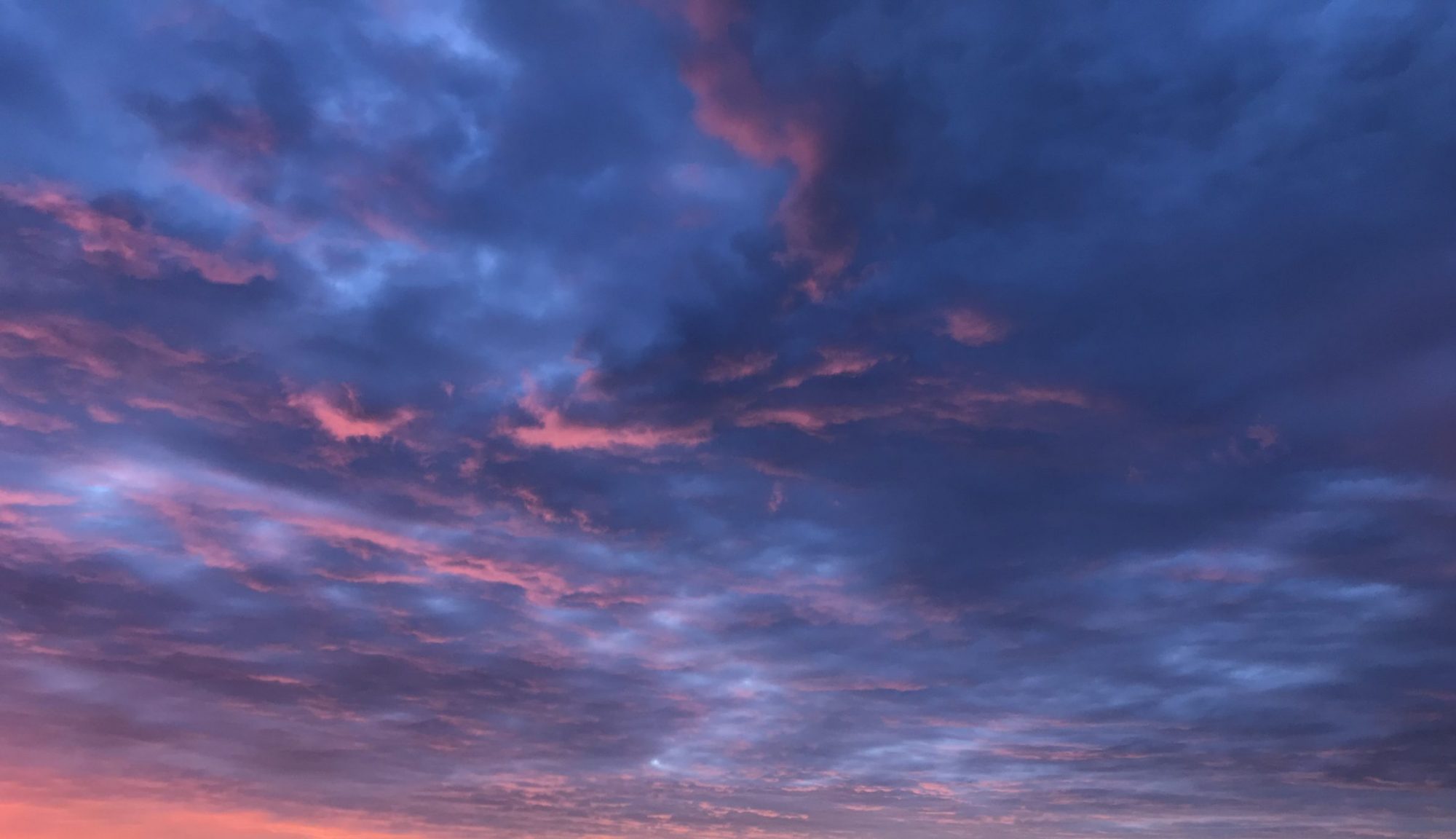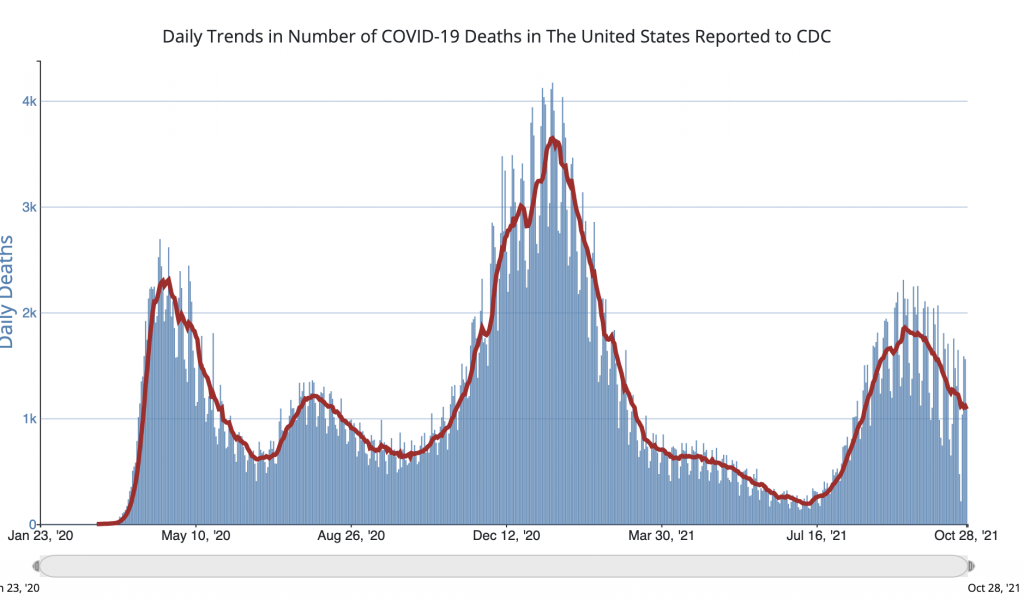I mentioned before that I don’t write about EVERYTHING I read recreationally, because I don’t strongly recommend everything I read. I wouldn’t feel great about spending my time dwelling on things I didn’t enjoy.
There’s a web comic site that’s been advertising on Twitter, and I eventually caved and logged in to see what they have. Their ads are promoting a tale about an abused, sheltered heroine who was married off to an ab-heavy giant who doesn’t communicate well. She is terrified by everything and requires constant rescue. That is… NOT my cup of tea – I love competence (though I’ll settle for high spirits or a good attitude). The drawings are cute, but you will not read about that here.
Likewise, there’s a well-drawn manga I’ve never mentioned here, which packed the first collection I bought with adventure, but… the story got derailed somewhere in the second collection by the artist’s obsession with looking up all the girls’ skirts and gratuitous shower scenes. Later chapters seem to be mostly shower scenes? I know the conventions of awkward falling and “it’s not what you think” physical humor, and I have laughed at good versions of that (it’s possible!), but this one is just about drawing girls’ private parts now. I’ve given up, won’t buy more, etc.
It’s still fun to write about books and stories that impress me, so I’ll stick to that! 🙂









